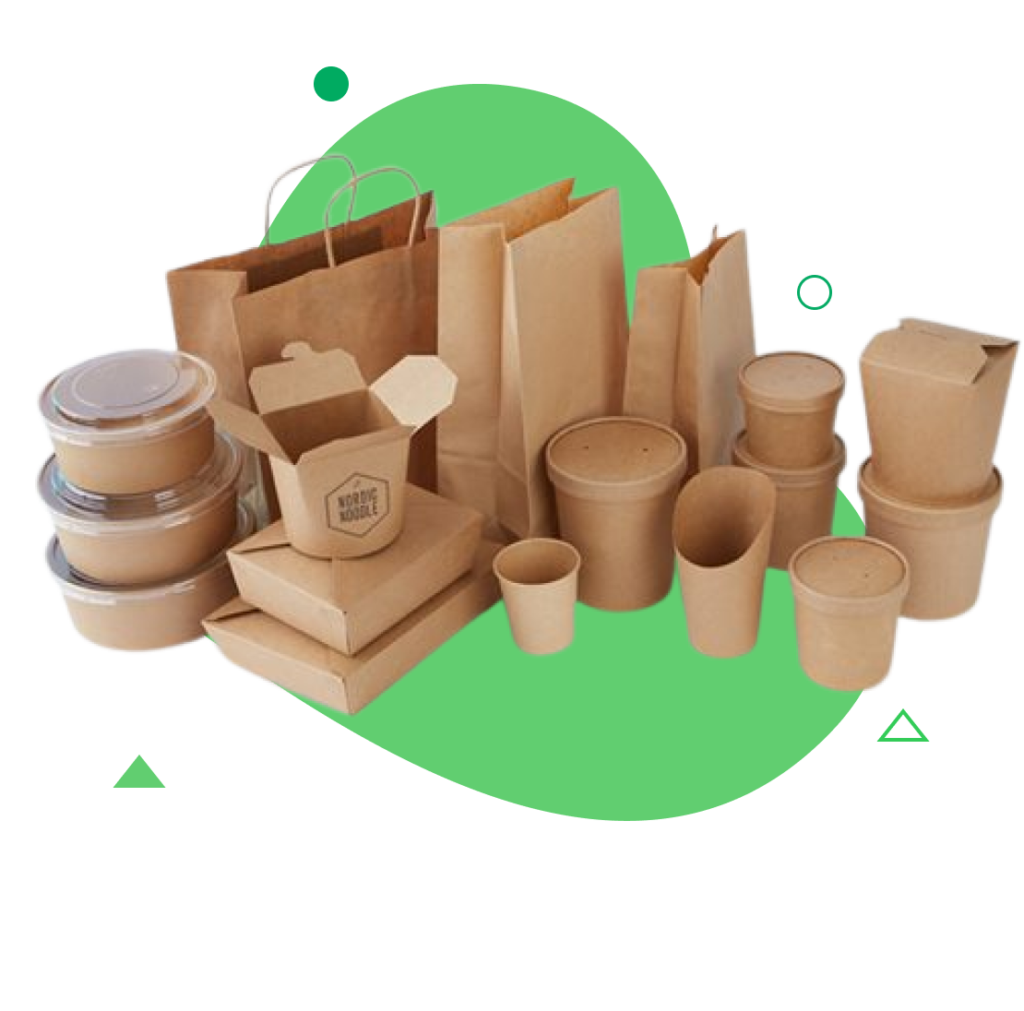The journey of coffee cups in the manufacturing world begins with the selection of raw materials, primarily paper, ceramic, glass, or plastic, depending on the type of cup being produced. For disposable coffee cups, the most common choice is paper, specifically a type coated with polyethylene to make it waterproof and durable enough to hold hot liquids. The manufacturing process starts at pulp and paper mills, where wood chips are processed to create paper pulp. This pulp is then blended with water and chemicals to form sheets of paper, which are dried, rolled, and prepared for further processing. Once the paper rolls are produced, they are transported to specialized factories where they are cut and formed into cup shapes. During this phase, high-speed machines use heat and pressure to bond the layers of paper and the polyethylene coating, ensuring the cups are both insulated and leak-proof. This is crucial, as a coffee cup must maintain the integrity of its contents while providing a safe and comfortable drinking experience for consumers.

For ceramic coffee cups, the journey takes a different route. Clay is the primary raw material, sourced from deposits found in various regions. This clay is shaped into cups using techniques such as slip casting or wheel throwing, followed by drying and firing in kilns at high temperatures. The firing process vitrifies the clay, making it strong and non-porous. After the first firing, known as bisque firing, the cups are often glazed to add color and a protective finish. The glazing process involves applying a liquid glass-like substance, which is then fired again, creating a smooth surface that is easy to clean and visually appealing. This part of the manufacturing process not only contributes to the aesthetic qualities of the cups but also enhances their durability, ensuring they can withstand daily use. The final stage in the journey of coffee cups is packaging and distribution. For custom paper coffee cups wholesale, manufacturers focus on efficiency and sustainability in their packaging solutions.
Often, Yoonpak cups are nested to save space and reduce shipping costs, and eco-friendly materials are increasingly used to package these products, aligning with the growing consumer demand for sustainable practices. On the other hand, ceramic cups are typically packaged individually in protective materials to prevent breakage during transportation. After packaging, both types of coffee cups are distributed to various retail outlets, cafes, and restaurants, where they reach the end consumers. This journey emphasizes the importance of logistics and supply chain management in the manufacturing world, ensuring that cups are delivered efficiently and cost-effectively. Moreover, the rise of consumer awareness regarding environmental impacts has prompted manufacturers to innovate and adopt more sustainable practices. This includes developing biodegradable cups and recyclable materials, minimizing waste during production, and improving energy efficiency in manufacturing processes. The manufacturing journey of coffee cups is not just about creating a vessel for a beverage; it reflects broader trends in sustainability and responsible consumption, as manufacturers adapt to changing market demands and regulatory requirements.
